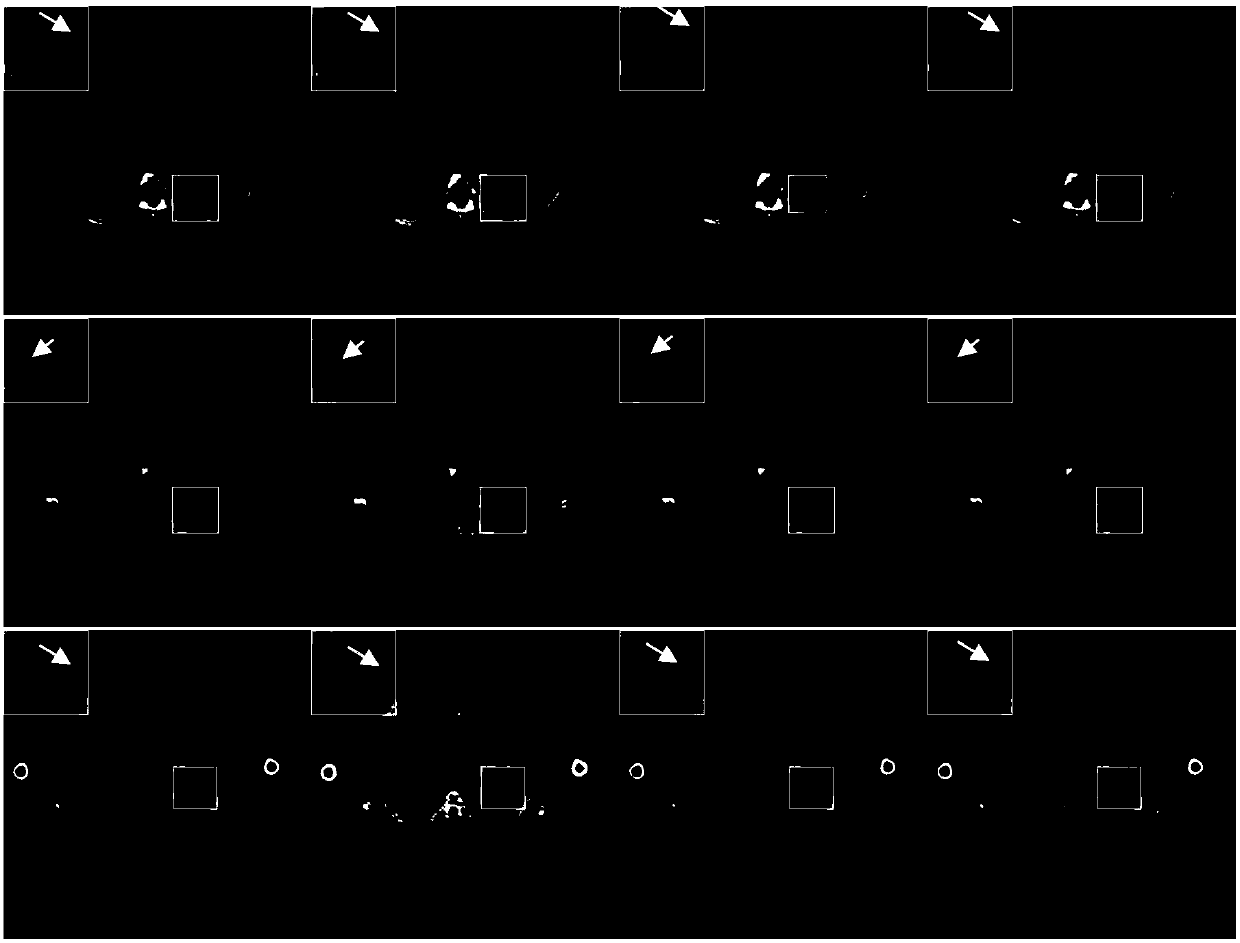Residual error learning-based CT sparse reconstruction artifact correction method and system
A sparse reconstruction and correction method technology, applied in the field of medical image processing, to speed up the training process, reduce unnecessary injuries, and shorten the training time
- Summary
- Abstract
- Description
- Claims
- Application Information
AI Technical Summary
Problems solved by technology
Method used
Image
Examples
specific Embodiment
[0069] 2.1 Experimental data
[0070] The experimental data is a CT scan of the lungs provided by a hospital. The experimental equipment is Siemens SOMATOM Sensation 16-slice CT for clinical use, the exposure is 100mAs, the tube voltage is 120kVp, the distance between the radiation source and the detector array is 1040mm, and the distance from the radiation source to the center of rotation is 570mm. The reconstructed CT image size is 512 pixels × 512 pixels, and the size of each pixel is 1.2 mm × 1.2 mm.
[0071] Set different scan angles at intervals, obtain the original data of full projection (720 projections), 120 projections and 60 projections from CT scans, and use FBP method to reconstruct these data to obtain corresponding reconstructed images. The image reconstructed by the full projection is used as a complete image for comparison with the image reconstructed by the sparse projection. For a reconstructed image with a projection number, 2000 images of 512*512 are ra...
PUM
 Login to View More
Login to View More Abstract
Description
Claims
Application Information
 Login to View More
Login to View More - R&D
- Intellectual Property
- Life Sciences
- Materials
- Tech Scout
- Unparalleled Data Quality
- Higher Quality Content
- 60% Fewer Hallucinations
Browse by: Latest US Patents, China's latest patents, Technical Efficacy Thesaurus, Application Domain, Technology Topic, Popular Technical Reports.
© 2025 PatSnap. All rights reserved.Legal|Privacy policy|Modern Slavery Act Transparency Statement|Sitemap|About US| Contact US: help@patsnap.com



